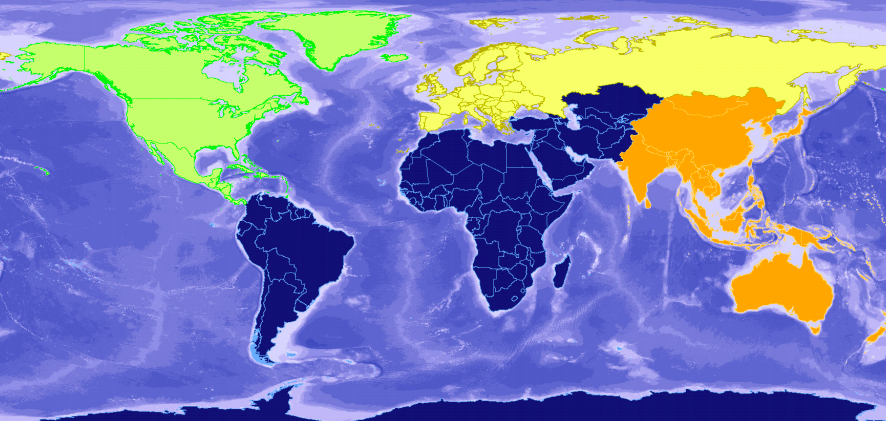BlackBerry signs deal with Ford to work on connected cars of the future
60 million cars are currently using BlackBerry’s QNX operating system for infotainment and 3D navigation. A platform so dominant in the connected cars segment that the Time magazine equated it to Windows for PCs. And now BlackBerry is looking to the future.
Ford and BlackBerry have entered into a new agreement where BlackBerry will dedicate a team of engineers to work with Ford on expanding the use of BlackBerry software and technology including the QNX Neutrino operating system and Certicom security technology in developing the next generation of connected cars.

The Future of Connected Cars
BlackBerry has the opportunity to put itself at the centre of Ford’s plans for autonomous cars. The former may no longer be the leader in the cellphone market but it certainly has a golden opportunity to play a leading role in the future of the automotive sector, where security and safety are crucial.
“The future of the automobile is all about embedded intelligence. I believe our expertise in secure embedded software makes us the preferred technology provider to put the smart in the car” – John Chen, executive chairman and CEO at BlackBerry (MarketWired)







